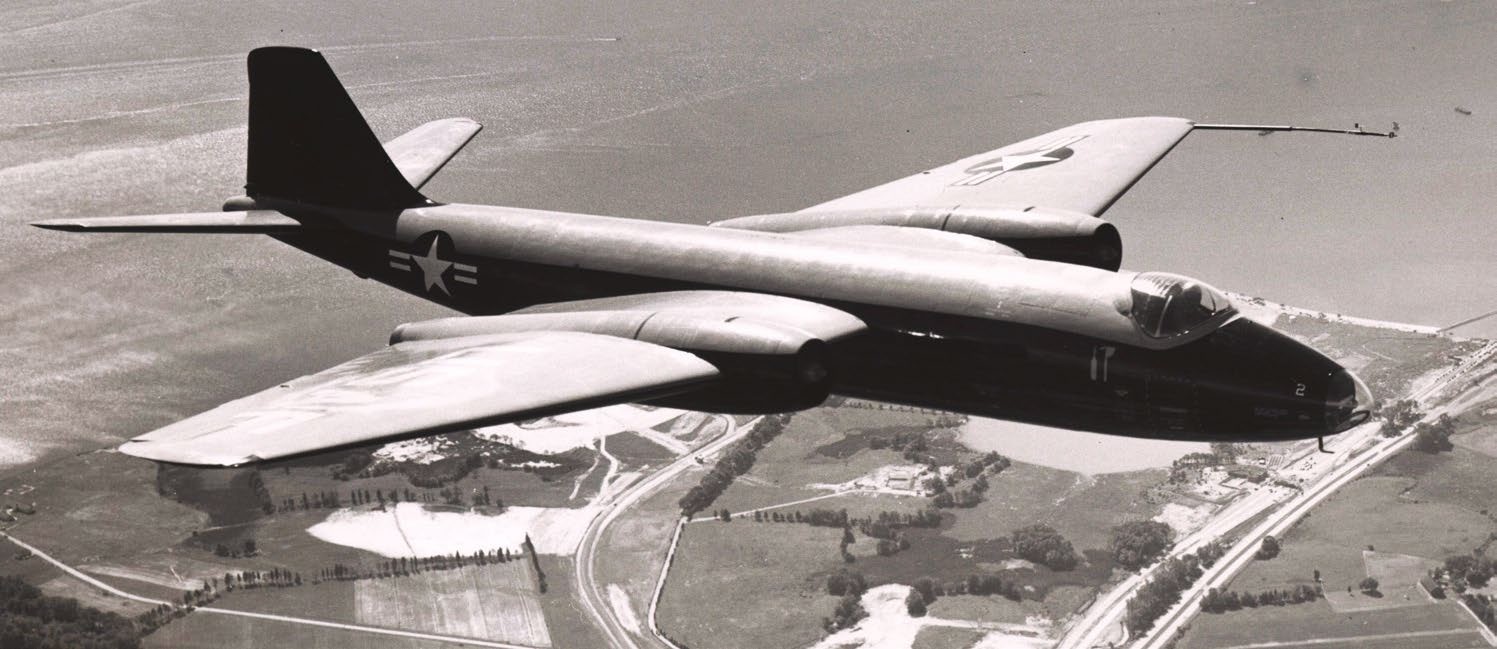In 1944, at the height of the Second World War, the British Air Ministry issued a specification for a next-generation high-speed, high-altitude bomber to replace the de Havilland Mosquito. The Mosquito was an engineering marvel, but its successor the Canberra would be even more impressive. By the time it first flew in 1949, it had gone through numerous changes in specifications and design. The Canberra pushed the limits of aviation technology at a time when jet engines were new technology and their effects on structures and aerodynamics had barely begun to be explored. The result was an aircraft that would fly with 15 different nations, and was also the last British aircraft to be built under licence in the US. In different versions, it remained in RAF service for 55 years.
The B.2 was the main production version of the Canberra. Some 418 were built, and many were converted for foreign sale after leaving RAF service. It had a range of 1,600 miles (2,600km) at 48,000ft (1,4630m), and could out-climb any contemporary RAF fighter in the early 1950s. By the end of 1953, the Canberra held 12 pointto-point air speed records and the world altitude record for an aircraft.

The B.2 was also trialled by the USAF in 1951, leading to the development of the Martin B-57 licence-built Canberra